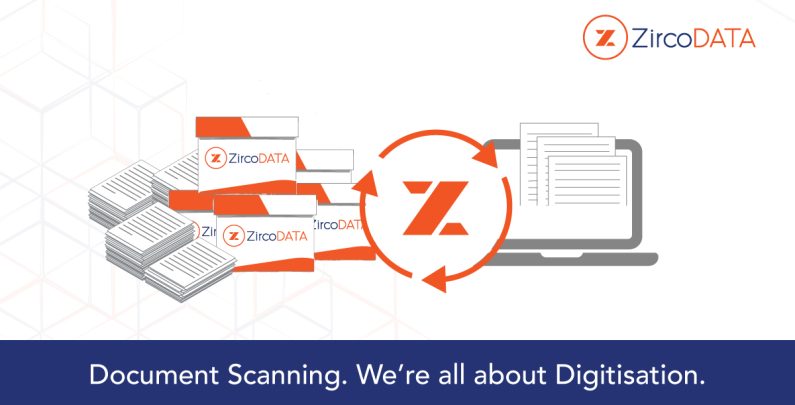
Going paperless in 4 steps
Going paperless can be a daunting task for any organization. However, with the right approach and tools, the process can be streamlined, resulting in significant benefits such as increased productivity, cost savings, and improved information security.
Here are four steps to going paperless:
Assess your current paper usage
Before going paperless, it’s essential to understand how much paper you’re currently using and where it’s coming from. Conduct an audit of your organization’s paper usage, including the number of printers, copiers, and fax machines in use, and the amount of paper that is being consumed.
Additionally, identify the departments or processes that rely heavily on paper, and assess the feasibility of digitizing those processes. This will help you to create a roadmap for the paperless transition.
Consider Storing Records Offsite and Requesting Them When Needed
Even with the implementation of a document management system, you may still have physical records that need to be retained for a certain period. Storing these records offsite can free up valuable office space and reduce the risk of damage or loss due to environmental factors such as fire or flood. Consider partnering with a records storage company that provides secure storage facilities and efficient retrieval services. This way, you can request the physical records when needed, and they will be delivered to your office or digitally scanned and sent to you. It’s important to ensure that the records storage company adheres to strict security and privacy standards, including access control and secure transportation of records. This will help to ensure that your physical records are safe and easily accessible when needed.
Digitize your documents
Digitizing your documents is a crucial step in the paperless journey. It involves converting physical documents into digital format, which can be easily stored, accessed, and shared electronically.
Before digitizing your documents, it’s essential to review and assess the documents’ value and relevance. This process involves identifying and removing any unnecessary or outdated documents to reduce the amount of data to be digitized and stored. This is an excellent opportunity to update your retention policy and ensure that it’s aligned with current legal and regulatory requirements.
Also, it’s essential to catalogue your documents and assign metadata such as document type, date, author, and keywords. This will help you to organize and search for your documents efficiently, making it easier to retrieve the right document when needed. The process of culling and cataloguing your documents is time-consuming but is crucial to ensure that you only digitize the relevant documents, making your digital document management system more efficient and cost-effective.
Store and manage your documents electronically
Once your documents are digitized, it’s essential to store and manage them electronically. This ensures that the documents are easily accessible and secure. Consider using cloud-based storage solutions such as Dropbox, Google Drive, or Microsoft OneDrive. These solutions allow you to store and access your documents from anywhere, at any time.
Additionally, implement a document management system that allows you to organize, search, and retrieve your documents easily. A document management system enables you to automate document workflows, assign document access permissions, and track document changes, ensuring that your documents are managed efficiently and securely.
Train and educate your employees
The final step in going paperless is to train and educate your employees on the new processes and tools. Provide them with the necessary training on how to use the document management system and other software tools. This will help them to navigate the new system and ensure that they use it effectively.
Additionally, communicate the benefits of going paperless to your employees. Highlight the cost savings, increased productivity, and improved information security that the organization will achieve. This will help to gain employee buy-in and ensure that the transition is successful.
Going paperless requires a well-planned and structured approach. By following the steps outlined above, organizations can transition from paper-based processes to digital processes, resulting in significant benefits. From increased productivity to cost savings and improved information security, going paperless is a worthwhile investment for any organization.

Recent Comments